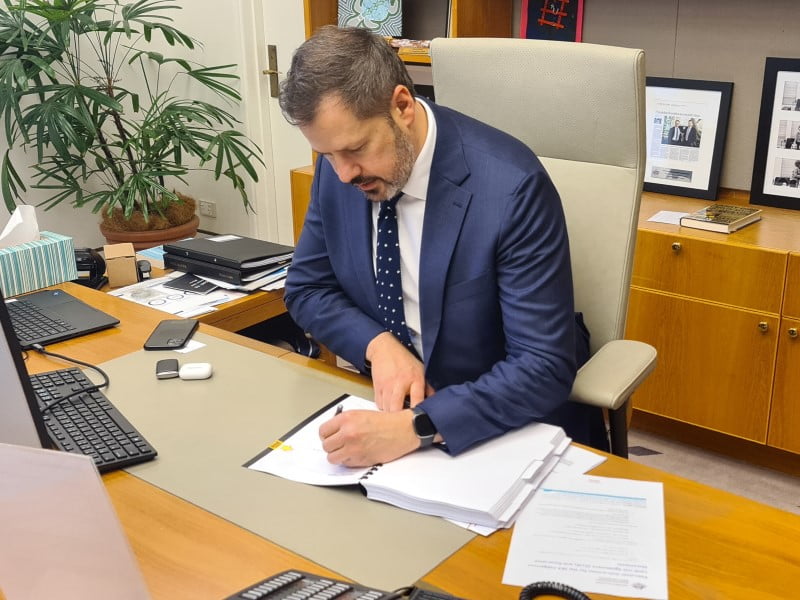The Coalition plan to vote against the National Reconstruction Fund bill represents a lost opportunity for the Parliament to demonstrate a bipartisan commitment to Australian manufacturing, Industry minister Ed Husic said.
As debate began on the bill in the House of Representatives on Wednesday, Mr Husic told InnovationAus.com that Labor is consulting broadly across the Parliament and is quietly confident about how it will progress.
“We want this to be a [truly] National Reconstruction Fund that everyone feels that they own a piece of, and that they are invested in its success,” he said.
“People get the importance of revitalising Australian manufacturing, and that a modern economy needs to have manufacturing capabilities within them.”

The Greens have indicated it will seek amendment to specifically prohibit any National Reconstruction Fund (NRF) money being directed toward coal or gas projects, but has acknowledged that Australian manufacturing is in “dire need” of investment.
Mr Husic compared the Coalition’s plan to vote against the NRF bill to Labor’s support for the previous government’s Modern Manufacturing Initiative despite its own misgivings about the MMI.
“[When Labor was in] Opposition, we did not oppose, for example, the setup of their Modern Manufacturing Initiative,” he said.
“We had doubts, but we still thought it was important to get that support out there, and to send the signal that rebuilding manufacturing in this country was important.”
“When the Coalition is presented with the opportunity to send that signal now [that they are] in Opposition, they miss the opportunity to do so. And that speaks volumes, that their support for manufacturing is wafer thin. The rhetoric is large, but the actual support is tiny.
“We had a great chance for the Parliament to be able to unify around [the NRF], and to send a message to the broader community that manufacturing matters, and… to do what we can to support and to encourage Australian manufacturing.”
Meanwhile, Mr Husic reassured industry that the creation of the NRF as a strategic co-investment vehicle did not spell the end of federal grants programs. The NRF would fill some existing funding gaps in the market but did not replace the need for grants as a support at different stages of a company’s growth cycle.
An Accelerating Commercialisation grant for example targets pre-revenue companies that cannot reasonably demonstrate that they can deliver a rate of return – putting them outside the scope of the National Reconstruction Fund.
But as successful recipients of Accelerating Commercialisation grants grow, they could later attract NRF interest.
“We are trying to make sure that we’ve got a lot of joined-up approaches to the way we are doing things,” Mr Husic said.
The role of the NRF is more important now than when the fund was first mooted ahead of the 2022 election ahead of difficult economic headwinds.
Mr Husic said the NRF was particularly important now as the cost of capital has increased, and where the venture capital sector is reconfiguring itself – and in some cases withdrawing capital support.
In a telling statement, Mr Husic said the government was still considering the Chief Scientist’s National Quantum Strategy, delivered to the minister at the end of 2022.
He said the government response to the National Quantum Strategy would be released in the “near term” and that it would help inform the composition of the National Reconstruction Fund board.
Do you know more? Contact James Riley via Email.

